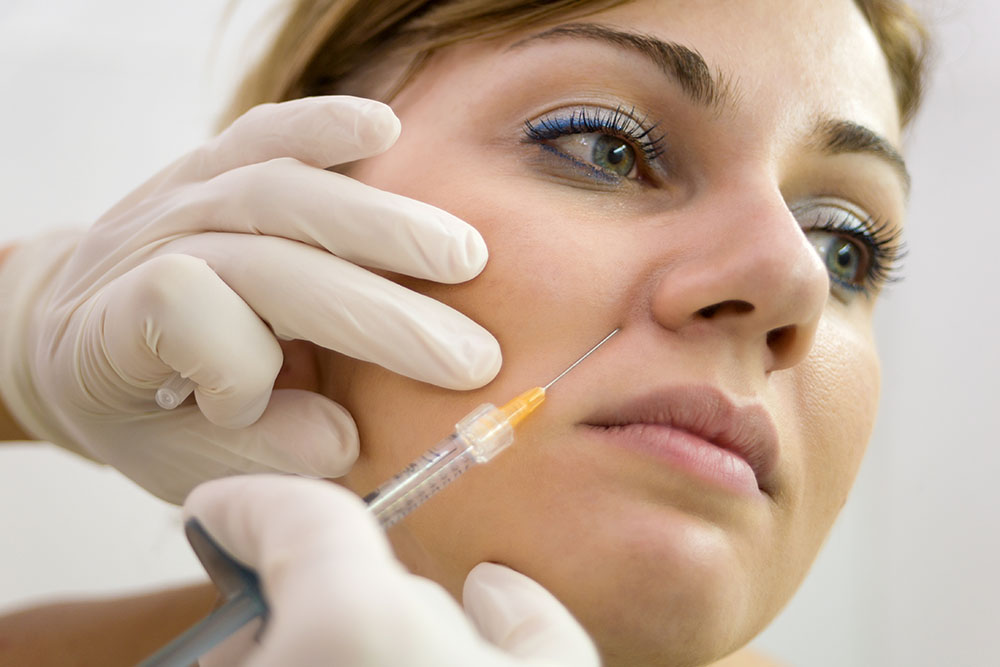
Dermal fillers are a popular non-surgical treatment for rejuvenating the face, reducing wrinkles, and enhancing facial contours. These fillers typically consist of hyaluronic acid, a naturally occurring substance in the body, which can be injected to restore lost volume and smooth out wrinkles. Overall dermal fillers are very safe and complications are rare, however there are certain injection sites that carry a higher risk. In this article we discuss the most risky sites for dermal filler injection, the potential complications associated with these areas, and how to minimize risks.
Most of these complications are caused by inadvertant injection of filler material into or near to blood vessels blocking the blood vessel (vascular occlusion).
The glabella, the area between the eyebrows, and the forehead are some of the most dangerous areas for dermal filler injections. The blood vessels in this region are interconnected and lie close to the skin's surface, increasing the risk of complications. In rare cases, these complications can lead to ulceration, scarring or even blindness. Alternative treatments like Botox or skin boosters are safer in this area.
Injecting dermal fillers into the nose can be risky due to the complex anatomy and limited blood supply in this area. Previous surgical procedures or trauma to the nose can alter its blood supply increasing these risks.
The periocular region includes the area surrounding the eyes, such as the tear troughs and lateral orbital area. Injections in this region carry a higher risk of complications due to the intricate vascular network and proximity to the eye itself. Very rarely filler material can enter the blood vessels that supply the retina causing blindness.
The region of the upper lip near to the nose has a higher risk of complications due to the angular artery's proximity, which branches from the facial artery. Vascular occlusion in this area can lead to ulceration and scarring affecting the skin and underlying structures of the lip and nose.
The temple is a high-risk area for dermal filler injections due to the presence of the superficial temporal artery. Vascular occlusion in this region can result in ulceration, scarring, severe pain, and even blindness if the filler material migrates to the ophthalmic artery.
It is important to emphasize that overall dermal filler injections are very safe. There are a number of strategies that can further reduce the risk:-
To book an in person consultation, enter your details below and my practice management team will contact you to schedule the appointment. Alternatively call 0203 389 6076 (calls are answered during working hours) or email: contact@drmagnuslynch.com.